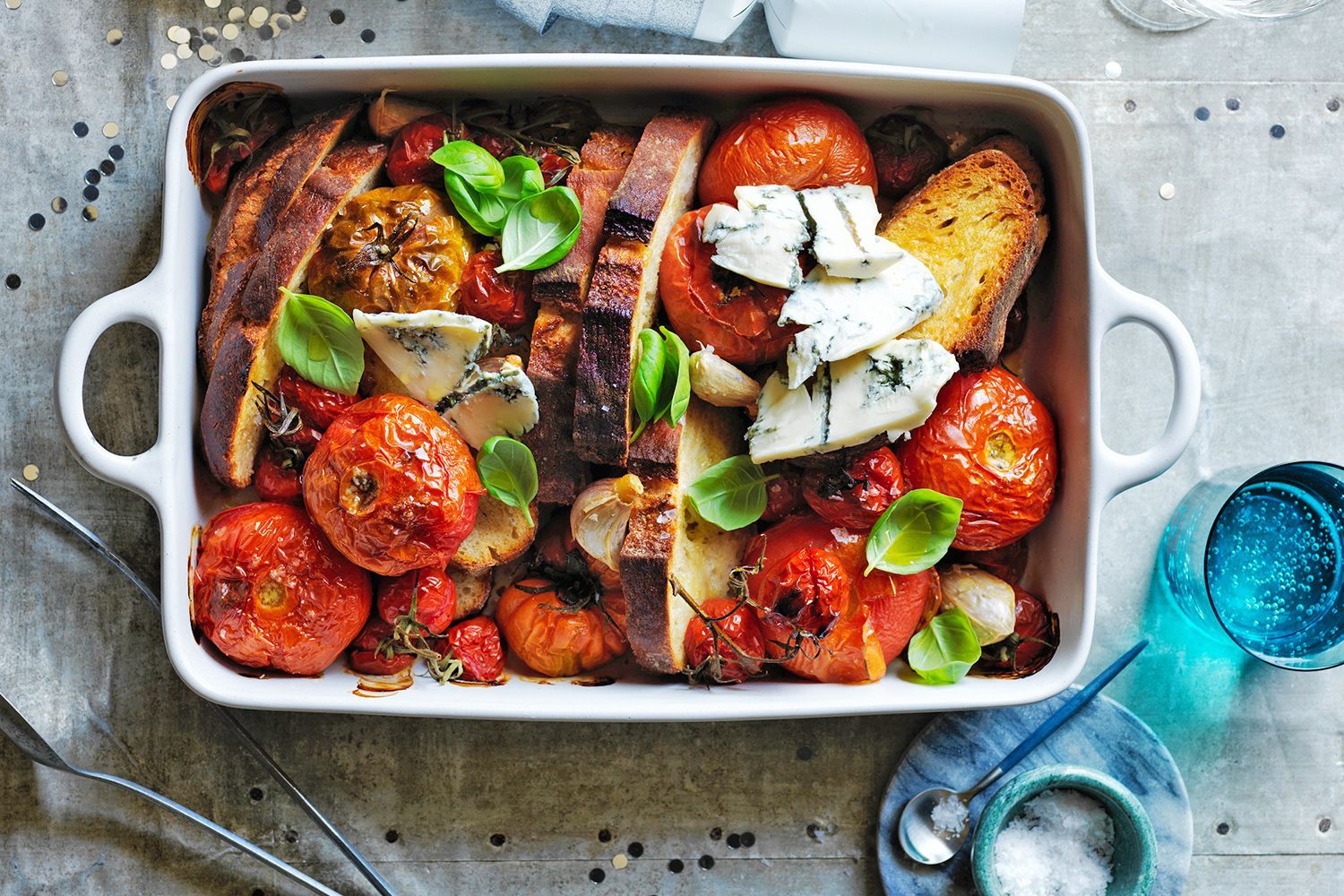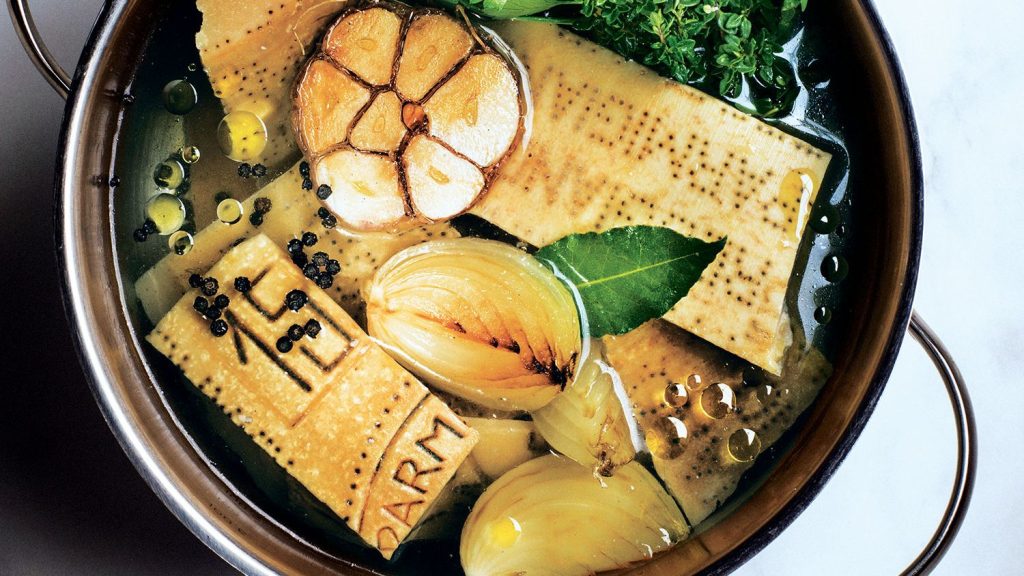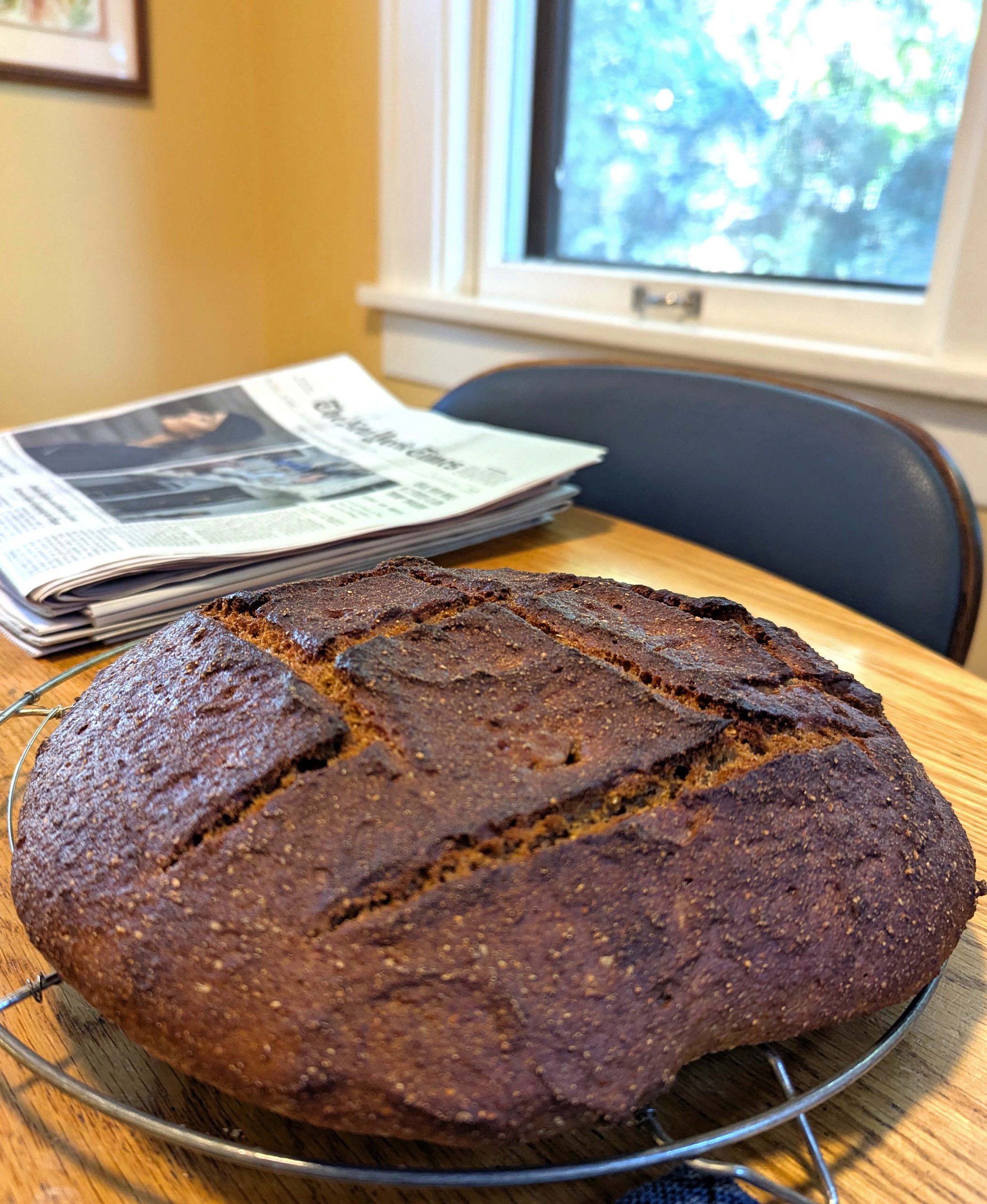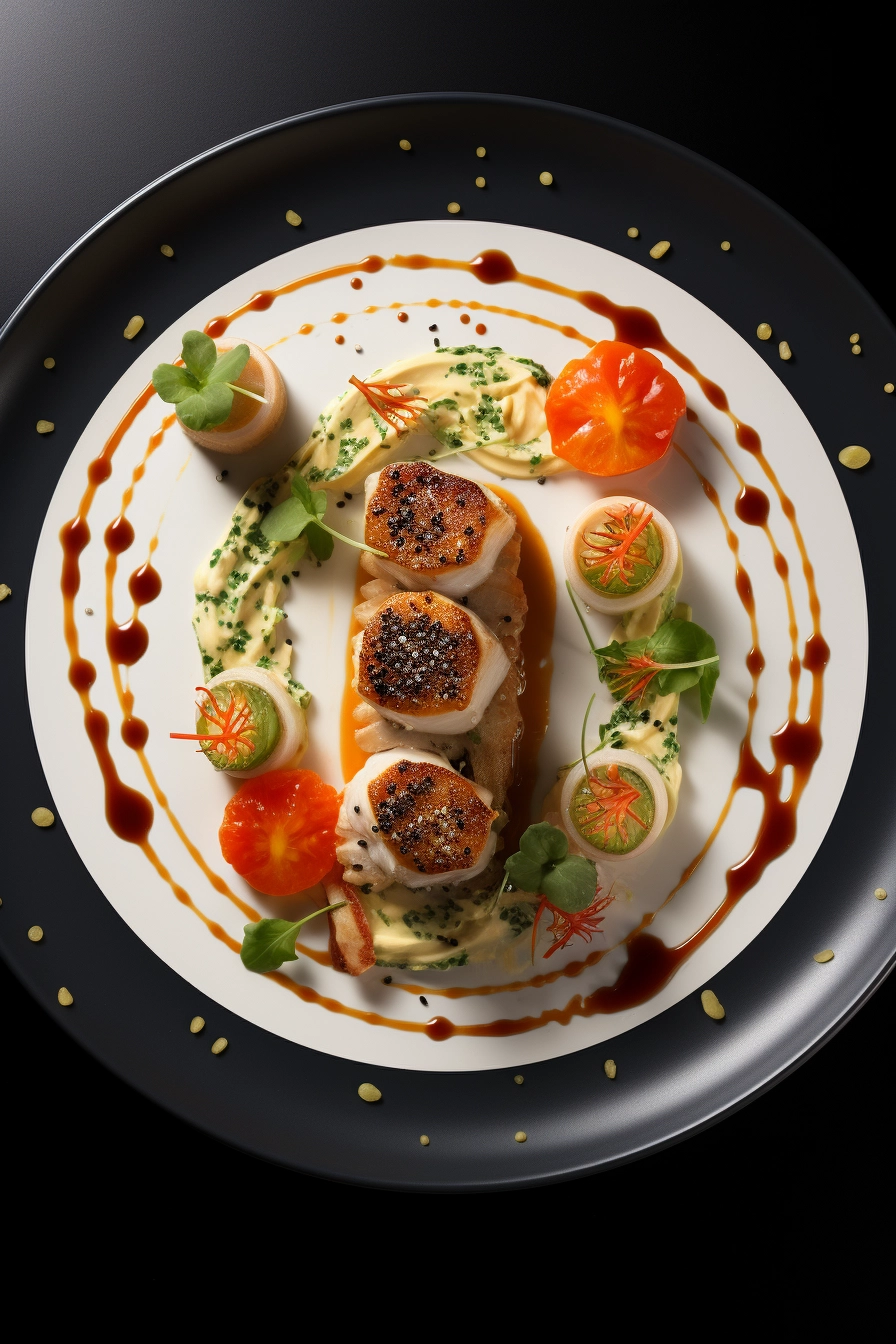Cooking with Leftovers: Creating Delicious Dishes from Scraps and Unused Ingredients

Unleashing Culinary Creativity
In today’s fast-paced world, food waste has become a significant concern. According to the USDA, about 30-40% of the US food supply ends up in landfills. This not only impacts our economy but also challenges our environmental sustainability. More than just a statistic, food waste contributes to greenhouse gas emissions and represents lost resources including water, labor, and energy. With these alarming figures, the urgency to find innovative solutions grows stronger.
However, what if you could transform your uneaten meals into mouth-watering delights? By cooking with leftovers, you can not only reduce waste but also unleash your culinary creativity in exciting ways. This approach invites you to view your kitchen through a new lens, where every scrap has the potential to shine in delicious ways.
Benefits of Cooking with Leftovers
- Saves Money: By repurposing scraps instead of buying new ingredients, you can significantly cut your grocery bill. For example, using leftover roasted chicken to make enchiladas or stir-fries maximizes your investment in your initial grocery purchase.
- Enhances Flavors: Some dishes taste even better the next day. Consider chili or pasta sauces; as they sit, the flavors meld together, creating a richer taste experience that can be even more satisfying than when first made.
- Reduces Waste: Make full use of every part of your food. Carrot tops can be transformed into pesto, and overripe fruits can find new life in smoothies or desserts. This practice helps to minimize environmental impact and inspires mindful consumption.
- Encourages Innovation: Experiment with new recipes and combinations. You might discover your new favorite dish by combining unexpected ingredients, like using leftover rice to create a savory fried rice or using potato peels for homemade chips.
Imagine creating hearty soups bursting with flavor by utilizing vegetable scraps such as onion skins, carrot ends, and celery leaves. Or think about turning stale bread into crispy croutons that can elevate a simple salad into a gourmet experience. The culinary possibilities are endless! You can even host a “leftover night” where friends and family challenge each other to create unique meals from what’s left in their pantries.
In this article, we’ll guide you through tips and recipes to craft delicious dishes from the forgotten remnants in your kitchen. You’ll find inspiration in innovative recycling of food that not only satisfies your palate but also helps to protect our environment.
Join us in this culinary adventure, where every leftover has the potential to shine and every meal can be a celebration of flavors. By embracing creativity in the kitchen, you contribute to a larger movement aimed at minimizing food waste—one delightful recipe at a time.

EXPLORE MORE: Click here to uncover the evolution of handicrafts
Transforming Leftover Ingredients into Culinary Gems
Embracing the art of cooking with leftovers is not merely a trend; it’s a lifestyle change that is both rewarding and enjoyable. By taking an inventory of the scraps and unused ingredients in your kitchen, you unlock a treasure trove of possibilities for flavor-packed meals. Each leftover provides an opportunity to get creative, reduce waste, and even improve your standing in terms of health and sustainability.
One of the first steps in this culinary journey is to assess what you have on hand. Leftover grains, vegetables, meats, and even herbs can transform into entirely new dishes with just a dash of inspiration. Here are some superb ideas to spark your imagination:
- Leftover Vegetables: Instead of letting wilted greens languish at the bottom of your fridge, try tossing them into a frittata or blending them into a green smoothie. Roasted veggies can be added to pasta dishes or used as toppings for pizzas, providing a burst of flavor and color.
- Grains and Rice: A common leftover, rice can easily become the foundation for a variety of dishes, from fried rice to rice bowls. Similarly, quinoa, barley, or couscous can serve as base ingredients for salads or added to soups for enhanced texture.
- Stale Bread: Don’t discard that crusty loaf! Stale bread can be transformed into flavorful breadcrumbs for coating proteins or create croutons that add a delightful crunch to salads.
- Meat Scraps: Leftover roasted meats can be chopped and stirred into stews, tacos, or casseroles. Even the bones can be utilized to develop rich homemade stocks that are perfect for soups.
- Fruits on the Verge: Overripe fruits such as bananas or berries don’t have to end up in a compost bin. Use them to make pancakes, muffins, or fruit puree for a delicious breakfast or dessert.
The creativity doesn’t stop with rehashing traditional recipes. Instead, you can challenge your culinary skills by combining seemingly unrelated leftovers. Take, for instance, a hodgepodge of cooked beans, grains, and various vegetables to create a satisfying leftover grain bowl. This dish can be topped with a homemade vinaigrette or sauce, elevating it from simple ingredients to a gourmet experience.
But the benefits extend beyond just the food itself. Cooking with leftovers is a beneficial practice that helps cultivate a mindful approach to meals. When you start viewing meals as opportunities to innovate rather than leftovers to discard, you’ll become more thoughtful in your grocery purchases, ultimately affecting your spending habits and reducing waste in the process.
In the next sections, we will delve deeper into specific recipes that highlight how to achieve these dazzling leftovers dishes. With a few pantry staples and your imagination, you’ll find that your kitchen can turn into a space of endless culinary experimentation.
| Category | Advantages |
|---|---|
| Sustainability | Utilizes ingredients that might otherwise end up in landfills, reducing food waste and promoting a sustainable kitchen. |
| Cost Efficiency | Cooking with leftovers saves money by maximizing the value of purchased ingredients; each dish crafted from leftovers can be a meal in itself. |
When you embrace the concept of cooking with leftovers, you unlock a treasure trove of culinary possibilities that may have previously gone unnoticed. For instance, veggie scraps such as carrot tops, broccoli stems, or onion peels can easily be transformed into vibrant stocks or broths. Not only does this practice provide a flavorful base for soups, but it also reinforces the sustainability aspect of your culinary endeavors.Moreover, a little imagination can go a long way—think about a delicious frittata made with those last handfuls of herbs and wilting spinach from the fridge. The result is a nutrient-rich dish that not only delights the palate but also leaves you feeling responsible about your food choices.Engaging in this creative and resourceful cooking style doesn’t just benefit your wallet; it also encourages experimentation. You may stumble upon surprising flavor combinations or textures when you dare to mix and match scraps. For example, leftover grains could easily become a nourishing salad when combined with citrus and herbs—turning seemingly mundane items into a gourmet dish. Experimentation in the kitchen could also become a fun family activity. Involving loved ones in the cooking process—whether it’s challenging them to create the best leftover stir-fry or the quirkiest salad—can foster bonds and inspire culinary creativity among family members.This cooking philosophy not only embodies a frugal mindset but also cultivates an appreciation for every ingredient and its potential. The more you explore, the more you realize that each leftover has a story and a purpose waiting to be discovered.
DISCOVER MORE: Click here to dive deeper into music therapy
Creative Leftover Cuisine: Elevating Everyday Meals
Many home cooks overlook the vast potential that lies within their leftover ingredients, often dismissing them as simple afterthoughts. However, transforming these remnants into delightful meals not only serves to reduce waste but also brings an innovative flair to one’s culinary repertoire. By diving deeper into the creative aspects of cooking with leftovers, we can unveil a treasure chest of surprising techniques and dishes that can elevate everyday meals into extraordinary experiences.
Utilizing Herbs and Spices: Fresh herbs and spices often languish unused after a recipe is complete. Instead of letting them wilt, incorporate these flavorful ingredients into sauces, dressings, or marinades. For instance, a handful of leftover cilantro can be blended into a fresh chimichurri sauce, perfect for drizzling over grilled meats or vegetables. Seasonings from old jars can provide exciting flavor dimensions, transforming simple rice or quinoa into exotic dishes. Don’t forget to infuse oils with herbs or spices to bring an added depth of flavor to future meals.
Repurposing Sauces and Broths: Leftover sauces, whether they are pasta sauces, gravies, or stir-fry sauces, can become the backbone of another dish. A simple marinara can be turned into a robust soup by adding leftover vegetables and beans, creating a satisfying meal that feels entirely new. Similarly, using leftover broths can enhance the flavors of grain salads, risottos, or braised dishes. Each leftover sauce acts as a canvas for pasta, grains, and proteins, allowing chefs to explore a variety of culinary avenues.
Inventive Baking: Dig into the baking aisle of your pantry when looking for ways to use up leftovers. Anything from mashed bananas and applesauce to yogurt and sour cream can introduce moisture and flavor into baked goods. These ingredients not only heighten the taste but also promote a healthier end product. Consider using mashed cauliflower in place of potatoes for a unique twist on traditional pancakes, or utilize aged cheese remnants to create savory muffins that are both cheesy and indulgent.
Tapping into Freezing Techniques: Freezing is an excellent approach for maximizing your effort in cooking with leftovers. Dishes such as stews, casseroles, or even single servings of grains can be prepared in bulk and safely stored, making weeknight meals effortless. Additionally, individual portions of chopped vegetables, fruits, and herbs can be frozen to create instant soup or stir-fry starters at a moment’s notice. By implementing a freezer inventory system, you will always know exactly what is stocked up, preventing the accidental loss of delightful ingredients.
Exploring International Leftover Cuisine: Food culture around the globe provides a plethora of inspiration for making the most out of leftovers. In India, leftover rice often becomes a spiced up fried rice, while in Italy, the concept of “cucina povera” highlights how frugality in the kitchen can yield hearty and flavorful meals. By exploring these international concepts, you can reinvent your leftovers while celebrating diverse culinary traditions. Consider creating a traditional japanese Onigiri (rice balls) from stale rice and filling them with leftover meats or vegetables for a portable snack.
This world of leftover cooking encourages resourcefulness, creativity, and sustainability, allowing home cooks to experiment without the fear of failure. By embracing these principles, anyone can revolutionize their mealtime experience and contribute positively to their environment.
DISCOVER MORE: Click here to learn how creativity transforms lives
Embracing the Art of Leftover Cooking
In conclusion, cooking with leftovers opens up a world of culinary possibilities that not only delights the taste buds but also promotes sustainability in our kitchens. By harnessing the power of scraps and unused ingredients, home cooks can minimize food waste while simultaneously crafting inventive, mouth-watering dishes. From revitalizing wilting herbs and stale vegetables to reimagining sauces and spices, the potential for creativity is boundless.
Moreover, exploring unique baking techniques and freezing methods can transform a mundane cooking routine into an adventurous experience, making weeknight meals both efficient and exciting. The global culinary landscape offers rich inspiration for reusing leftovers, inviting us to partake in the shared knowledge of diverse cultures that have perfected the art of frugality and deliciousness over generations.
Ultimately, embracing leftover cooking not only expands our culinary palette but also encourages a more mindful approach to consumption. By viewing remnants as opportunities rather than burdens, we foster a mindset of resourcefulness that benefits us both in the kitchen and the environment. So, the next time you find yourself with a few scraps, consider them a canvas for your next culinary masterpiece and embark on a journey that brings both flavor and sustainability to your table.


